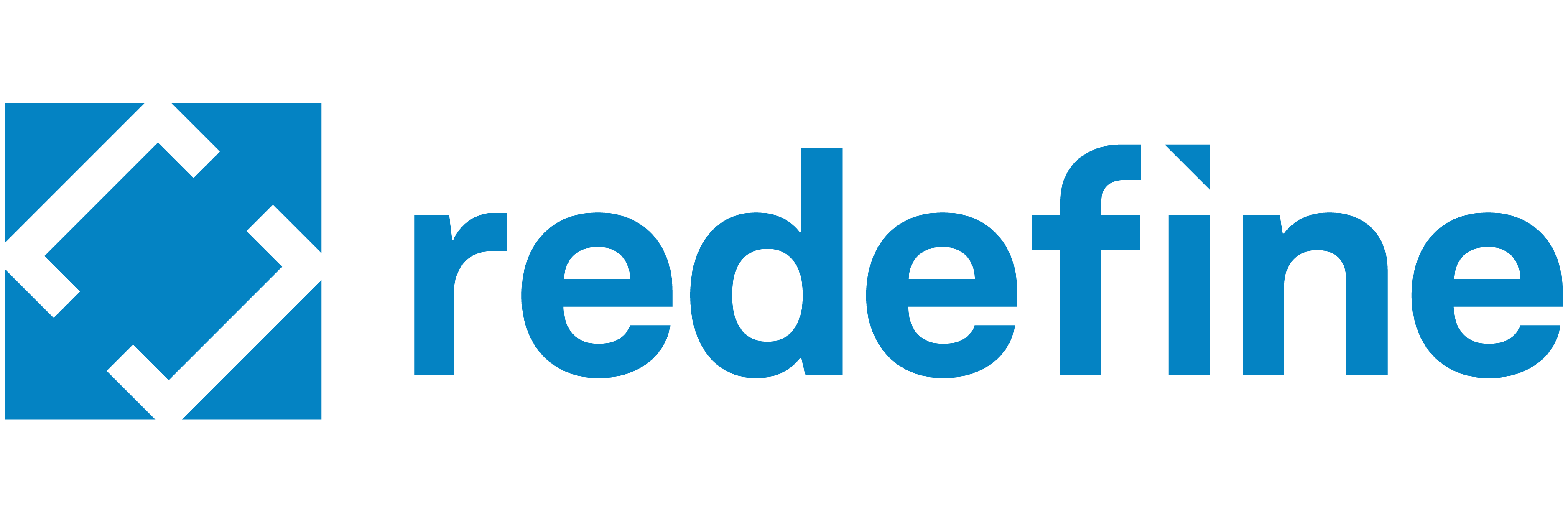- Google has added tons of SERP features in recent years. One of those is the featured snippet.
- Featured snippets contain a concise summary or portion of content programmatically extracted and posted to the top of the SERP in response to a search query.
- Featured snippets push normal results down the page, counting as “position 0.” This can be bad for those ranking on the lower half of page 1, but good for you if you land a featured snippet.
- There are several formats of featured snippets, the most common being the paragraph format.
- It is possible to optimize your content to obtain a featured snippet. It’s an especially good opportunity for pages already ranking in positions #1-5.
As we’ve previously discussed, Google’s SERP features – i.e., types of search engine results that deviate from the typical listed results – have exploded in recent years. From ‘People Also Ask” boxes to Sitelinks, Video Carousels, and Local Packs, Google has found ample ways to reward the content that it has decided is the most valuable to its user base through distinct, top-of-search features.
These SERP features ostensibly help Google achieve its goal of prioritizing user needs by answering search queries as quickly, clearly, and concisely as possible. But they’ve also drastically changed the layout of the SERPs, pushing normal, non-feature results further down the page, and making page 1 real estate more competitive.
One of the most powerful and effective of these SERP features is the featured snippet, the subject of today’s blog. Keep reading to learn what featured snippets are, why they’re an organic traffic goldmine, and to get tips for optimizing for featured snippets in your content.
Anatomy of a Google featured snippet
A featured snippet features a portion of content that Google deems to answer a given search query particularly well. Google programmatically extracts the relevant portion of content and pins it to the top of the SERP.
Google has a very clear goal that was highlighted in the Helpful Content Update: deliver the best possible results to its users for any given query. With a featured snippet, Google has decided that not only is this the best, most relevant content on the subject, but it deserves a significant shoutout. In short, a featured snippet is high praise.
As you can see in the example below, Google has pulled relevant text, namely a numbered list, from a Search Engine Land article that clearly answers the search query “how to get a featured snippet.” Notably, the first SERP result – an article from Backlinko – doesn’t show up until well down the page, after the featured snippet and People Also Ask section.
TL;DR: featured snippets offer clear, concise answers to search queries, prominently highlighting the search keywords but pushing other results down the page.
Types of featured snippets
There are a few different types of featured snippets, and knowing about each one can help you optimize your content to land a featured snippet.
The four main types of featured snippets are:
- Paragraphs
- Lists, both bulleted and numbered
- Tables
- Videos
Paragraphs
Making up 70% of results, the most common type of featured snippet is the paragraph snippet. This is where a block of text, usually a few sentences, addresses the search query concisely and, if applicable, answers a question. Usually, a paragraph snippet will contain 42-60 words and an average of 249 characters.
Numbered lists
This is a common type of featured snippet usually employed when the search query involves a process with defined steps, such as recipes and tutorials. Any ‘how to’ or ‘how do I’ search query is fair game for this type of snippet. Recently, however, numbered ‘best of’ lists can find their way into a numbered list featured snippet.
Though it’s not a hard-and-fast rule, and there can and will be exceptions, numbered list featured snippets usually contain about 6 entries (44 words on average.)
Bulleted list
Bulleted lists are the featured snippet go-to for, as you might have guessed, lists. You might see this type of featured snippet if you search for something like “what vegetables are in season.”
For numbered and bulleted list snippets, Google may only pull a portion of the items on the list. This can be perfect for click-through rate (CTR,) since users may be driven to click on the content to see the rest of the list. Optimizing for featured snippets can be a smart SEO strategy for the “freemium”-type content produced by lifestyle-centric sites – think cooking, home and garden, fitness, wellness, and the like.
Tables
While lists, both bulleted and numbered, make up 19% of featured snippets, tables represent 6.3%. These are used to help users visualize data for comparative purposes in an easy-to-digest way, enabling quick and easy reference.
Table snippets are usually displayed with two to three columns and five rows. Bear in mind, though, that as with bulleted lists and numerical lists, there will be exceptions.
Videos
Finally, we have video featured snippets, and YouTube dominates the landscape for these. When a video proves to be the best possible answer for a search query, a video will populate the top of the search results, which a user can play right from the SERP.
Video featured snippets are usually utilized when something may be best explained with a visual component, such as how to complete a complex, tactile task. For example, the search query “how to wrap a gift,” uses a video featured snippet:
What the numbers say about featured snippets
The numbers don’t lie: featured snippets work. According to Smart Insights, citing Ahrefs, ranking first for a search term AND landing the featured snippet for that term results in a 31% increase in traffic compared to just having the number 1 position. They also report that voice search results are often taken from featured snippets.
Finally, Moz reports that featured snippets actually have higher CTR than regular organic search results. As mentioned above, numbered and bulleted lists are sometimes truncated in a featured snippet, which means a user will need to click through to get the entire list.
What about zero-click searches?
Many people automatically assume that by answering questions directly on the SERP, featured snippets lead to an increase in dreaded “zero-click searches.” While this can be true, it doesn’t paint a full picture.
Let’s say you’re Allrecipes, and you’ve landed the featured snippet for “how to clean a cast iron skillet:”
Is it bad if a user can learn almost everything they need to know just by reading the featured snippet without clicking through to the content?
Not necessarily. For one thing, this featured snippet ensures that Allrecipes is now taking up the most noticeable chunk of physical SERP real estate, giving them a competitive edge over the results lower on the page. This is amplified on mobile, where featured snippets are blown up even larger, meaning they’ll nudge other results almost entirely off the page on both Apple and Samsung screen sizes at their default zoom level.
What’s more, this featured snippet still contributes to brand awareness and Allrecipes’ overall authority. Maybe this user won’t click through to the content today, but they might remember the brand later when they have another question about caring for their cookware.
Finally, zero-click searches can help to weed out customers who aren’t looking to start a transaction. A law firm’s website that runs a blog may capture zero-click searches from users who merely want to look up a law or regulation in their state, but don’t actually need a consultation or representation at the moment. If they’d clicked through to the site, the page’s CTR would rise, but no conversions would occur.
Voice searches love featured snippets
Virtual assistants, from Google Assistant to Alexa and Siri, usually scan the featured snippets and transcribe them when asked a question through voice search. In fact, featured snippet answers are about 40% of the answers to vocal search queries. This is worth optimizing for, as about 65% of consumers between the ages of 25 and 49 talk to their voice-enabled devices every single day.
Some voice assistants will cite their sources, which can help impart brand recognition when someone is physically hearing the name of a website.
Additional benefits of featured snippets
While there are dozens of statistics about click-through rate and traffic that enforce the importance of capturing the ever-coveted featured snippet, there are additional, non-statistical benefits as well.
For starters, having a handful of featured snippets on relevant, related topics will begin to establish your brand as being an authority on the subject. If someone is searching for multiple questions and sees your website over and over, they will begin to trust it as an expert.
Additionally, a featured snippet can be a good yardstick for measuring the effectiveness, usefulness, and overall structure of your content. It’s a good sign that you’re doing something right in the eyes of the algorithm if your page was picked out of millions of results as being helpful, informative, and, importantly, valuable.
How to optimize for featured snippets
1. Look at your best-ranking pages.
It’s going to be a lot harder to optimize for a featured snippet on a page that ranks in position 28 than one in position 3. Moz reports that pages already ranking in positions #1-5 have a better chance of landing a featured snippet when re-optimized. This is because Google already recognizes that specific page as being relevant to a search term and has placed value on it accordingly.
Use an analytics tool like SEMRush to find keywords for which you are ranking or close to ranking in positions #1-5, then comb those pages for featured snippet opportunities. Remember that featured snippets are usually built from questions, especially in long-tail form.
(Don’t ignore those keywords in positions 11-30, though; they’re perfect for a striking distance optimization.)
2. Go for long-tail keywords.
We’ve already discussed how long-tail keywords are a goldmine for SEO, but they’re also prime candidates for a featured snippet. These low-volume search terms tend to be less competitive to rank for, while generally being more niche and targeted. Featured snippets appear most often on keywords that are specific in their intent at a certain point in the search funnel, which is a job that long-tail keywords are perfectly suited to.
Harnessing the power of your relevant long-tail keywords gives your content the opportunity to answer queries clearly with well-formatted text that makes good, natural-language use of target keywords.
3. Optimize your formatting.
When looking for featured snippet opportunities, think about what type of featured snippet the content would be best suited to.
If you’re looking to capture a paragraph snippet, make sure there’s at least one portion of the content that answers the search query clearly, using the target keywords a couple of times throughout the text. For list snippets, use bulleted or numbered lists and make sure headings and meta tags feature the target keywords.
You can disallow featured snippets
If you truly want to avoid a featured snippet, you do have the option of opting out. To disallow Google from capturing anything on a webpage as a featured snippet, include the following tag on your page: <meta name=“googlebot content=“no snippet”>
You may want to disallow featured snippets if you have certain pages where you don’t want to risk losing clicks.
Featured snippets are here to stay
Whether you love them or hate them, featured snippets have become a hallmark of the SERPs. That’s no surprise, since they’re great for user experience. Knowing which keywords tend to lead to featured snippets is important for content marketers, whether it’s for the purpose of optimizing content to land a featured snippet or simply being aware of the competitive space of a particular SERP.
The content team at Redefine knows a little something about the value of featured snippets, and we’re always proud to land them for our clients. If you have questions about featured snippets or any other aspect of SEO, don’t hesitate to reach out today.





